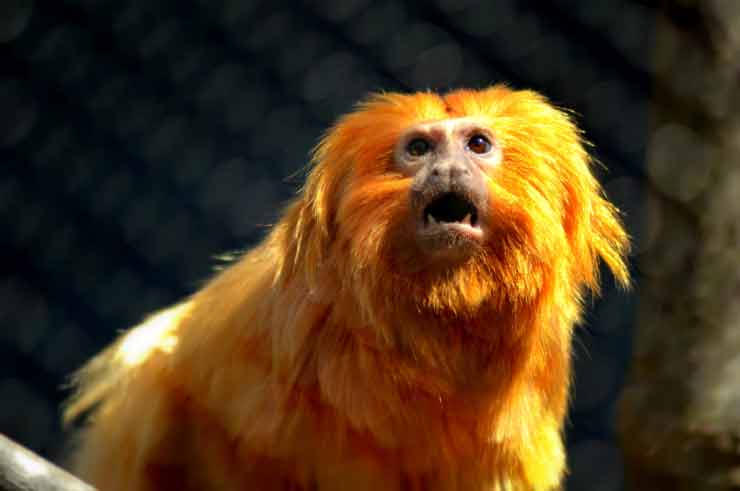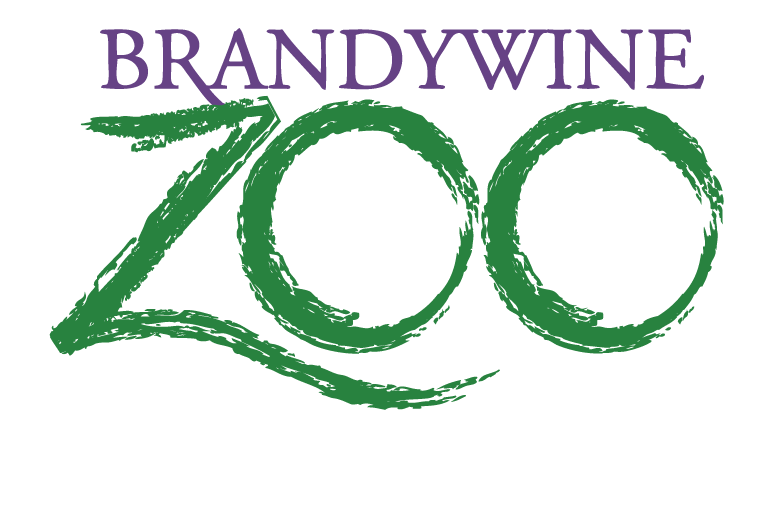Golden Lion Tamarin
LEONTOPITHECUS ROSALIA

HABITAT
Lowland seasonal rainforest of the Atlantic coast of Brazil
GEOGRAPHIC REGION AND RANGE
Golden lion tamarins live in the lowland, coastal rainforest region in southeast Brazil.
DIET
Natural Habitat: Omnivores- spiders, snails, small lizards, eggs, plant exudates (gums), flowers, nectar, small birds, fruits, and vegetables
Under Human Care: Commercial marmoset diet, banana, pear, eggs, primate salad, leaf-eater biscuits, grapes
PHYSICAL DESCRIPTION
They have fiery orange or red fur over their entire bodies including long hairs that form a striking mane on their cheeks, throat, and ears surrounding their dark, hairless faces. Lion tamarins are the largest of the callitrichids. They have claws that allow them to cling vertically to tree trunks and perhaps aiding in walking, running, leaping and bounding quadrupedally along smaller branches in the forests in which they live.
SIZE
6-10 inches (15-25 cm) in length tail of about 12-15 inches (32-40 cm)
WEIGHT
17-24 ounces (482-680 grams)
LIFESPAN
Natural Habitat: 15 years
Under Human Care: up to 25 years
THREATS
Once, golden lion tamarins were captured and sold as pets. Their rapid decline in numbers has thwarted many people’s desire for these exotic pets. Although wild populations are improving from captive-bred individuals (1/3 of wild species originated from captive stock), they are still threatened, and continuing conservation is essential to ensure that the enormous successes thus far are not undone.
STATUS
Endangered
FUN FACTS
Their rich color is thought to be a product of sunlight exposure and the presence of carotenoids in their diet
A special characteristic of this group of primates (callitrichids) is their tendency to give birth to twins.
Golden lion tamamrins have very distinct vocalizations, including about 17 specific calls.
What are AZA Zoos doing for Golden Lion Tamarins?
GLTs are part of a Yellow level SSP conservation breeding program managed by the New World Primate TAG. As of 2019, currently 164 GLTs are living at 65 AZA facilities. The total global population in zoos is 520 at 165 facilities. [8] They are also managed for a reintroduction program with Brazil, where tamarins bred in AZA facilities are sent down to Brazil for release. Brandywine Zoo participated in this program in the 1990s, and we sent one individual to the reintroduction program. Brandywine Zoo and BZ AAZK have supported Save the Golden Lion Tamarins, a GLT conservation organization in Brazil, financially for many years.

